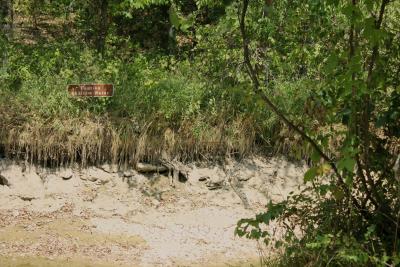Low-Level Jets Along the U.S. East Coast
Low-level jets (LLJ) are fast-moving ribbons of air in the low levels of the atmosphere. This work detects and characterizes LLJ along the US east coast using vertical profiles of modeled wind speeds from a newly completed 2-year numerical simulation. LLJ with cores located from approximately 20 to 530 m above sea level exhibit the highest frequency south of Massachusetts, where LLJs are identified in up to 12% of hours in June. LLJs are considerably less frequent further south along the US east coast and outside of the summer season.
LLJs frequently occur at heights of relevance to pollution dispersion, aviation safety and that intersect the wind turbine rotor plane of wind turbines deployed offshore. Thus there is value in better understanding their occurrence and enhancing predictability. LLJs along the U.S. Atlantic seaboard are most frequent, intense and have the lowest core heights under strong horizontal temperature gradients and lower planetary boundary layer heights.
Two years of high-resolution simulations conducted with the Weather Research and Forecasting (WRF) model are used to characterize the frequency, intensity, and height of low-level jets (LLJ) along and over the U.S. eastern coastal zone. LLJs diagnosed using vertical profiles of modeled wind speeds from approximately 20 to 530 m above sea level exhibit the highest frequency south of Massachusetts, where LLJs are identified in up to 12% of hours in June. LLJs are considerably less frequent further south along the U.S. east coast and outside of the summer season. LLJs frequently occur at heights of relevance to the offshore wind energy industry. They frequently intersect the wind turbine rotor plane and occur at wind speeds within typical wind turbine operating ranges. LLJs are most frequent, intense and have the lowest core heights under strong horizontal temperature gradients and lower planetary boundary layer heights.

